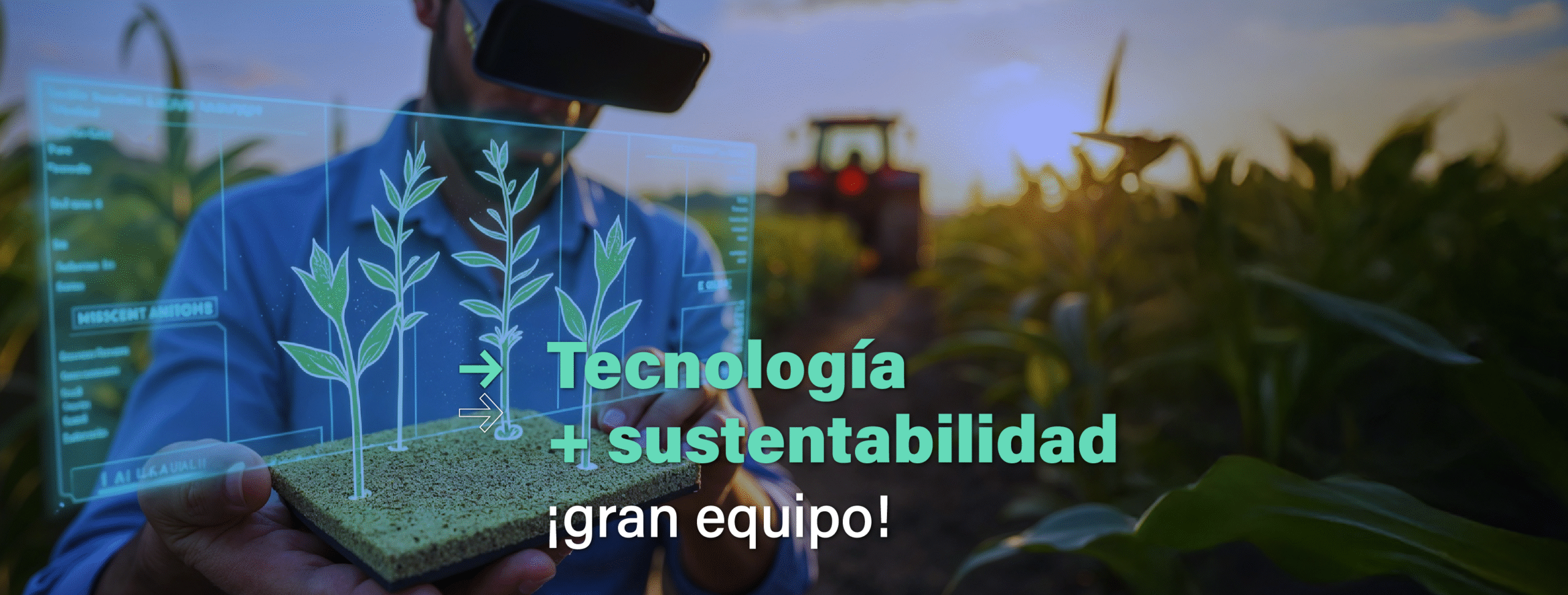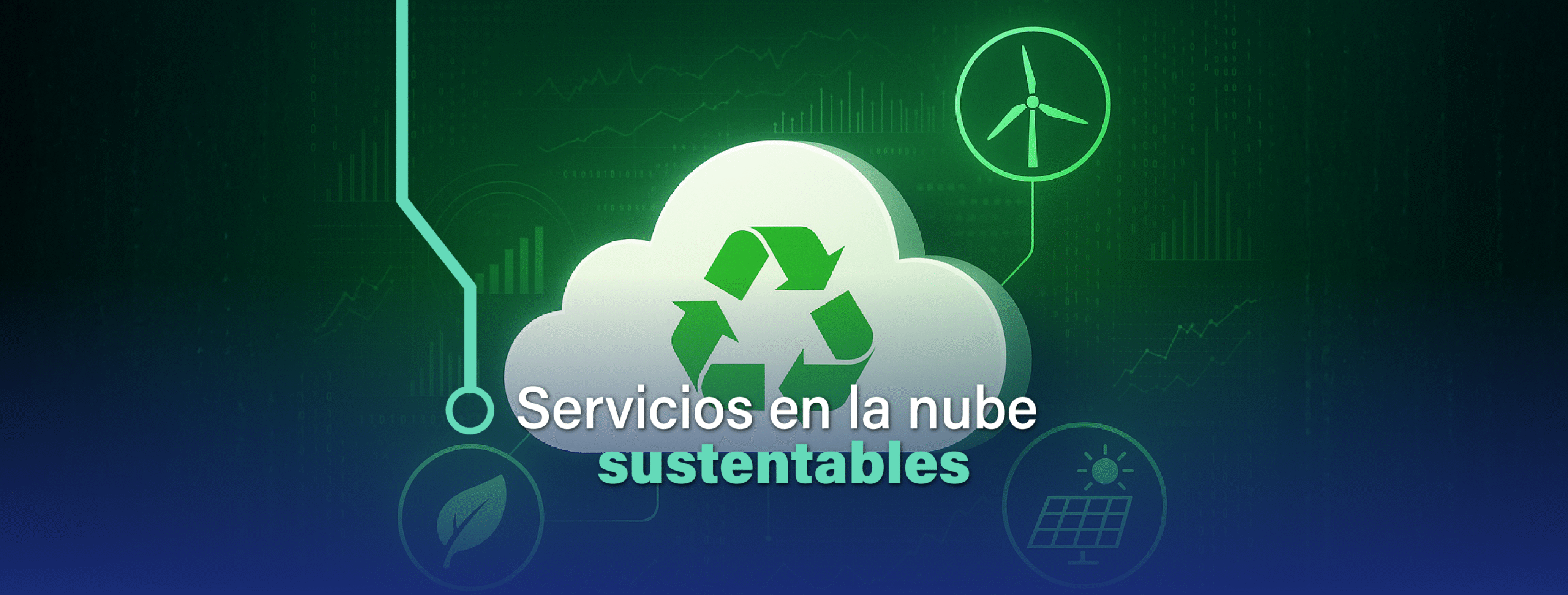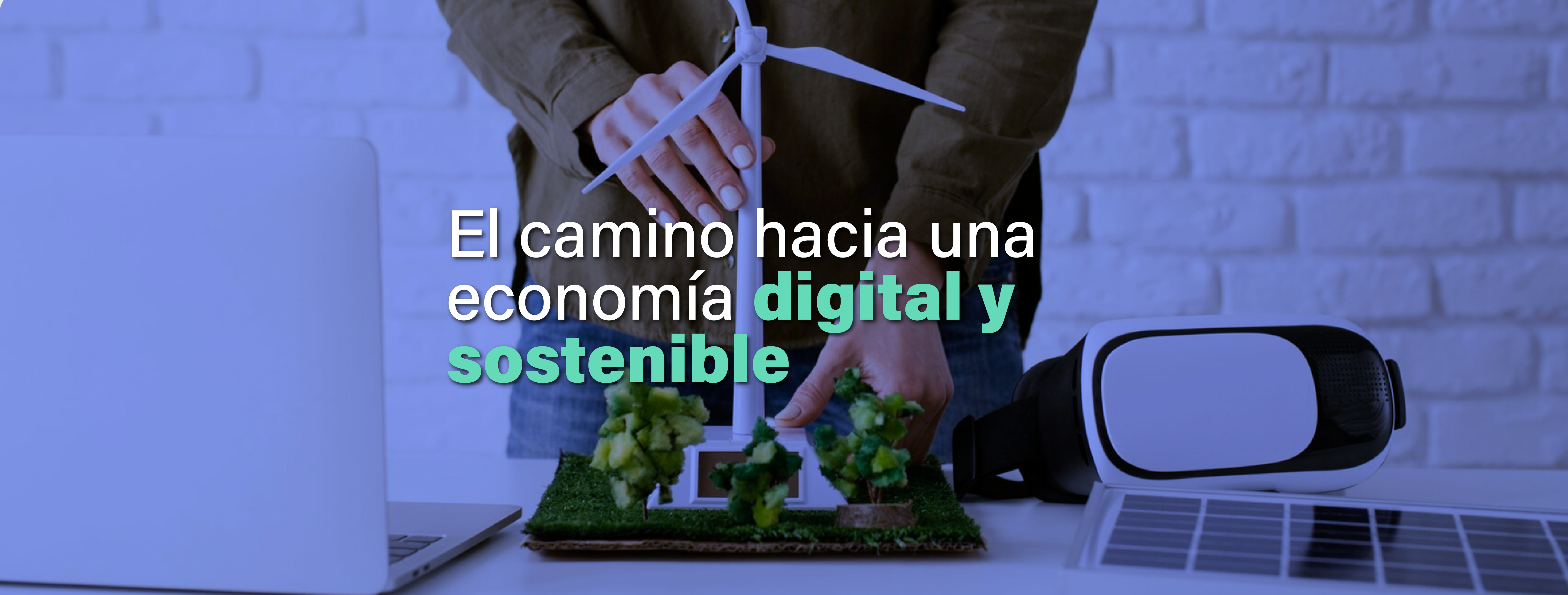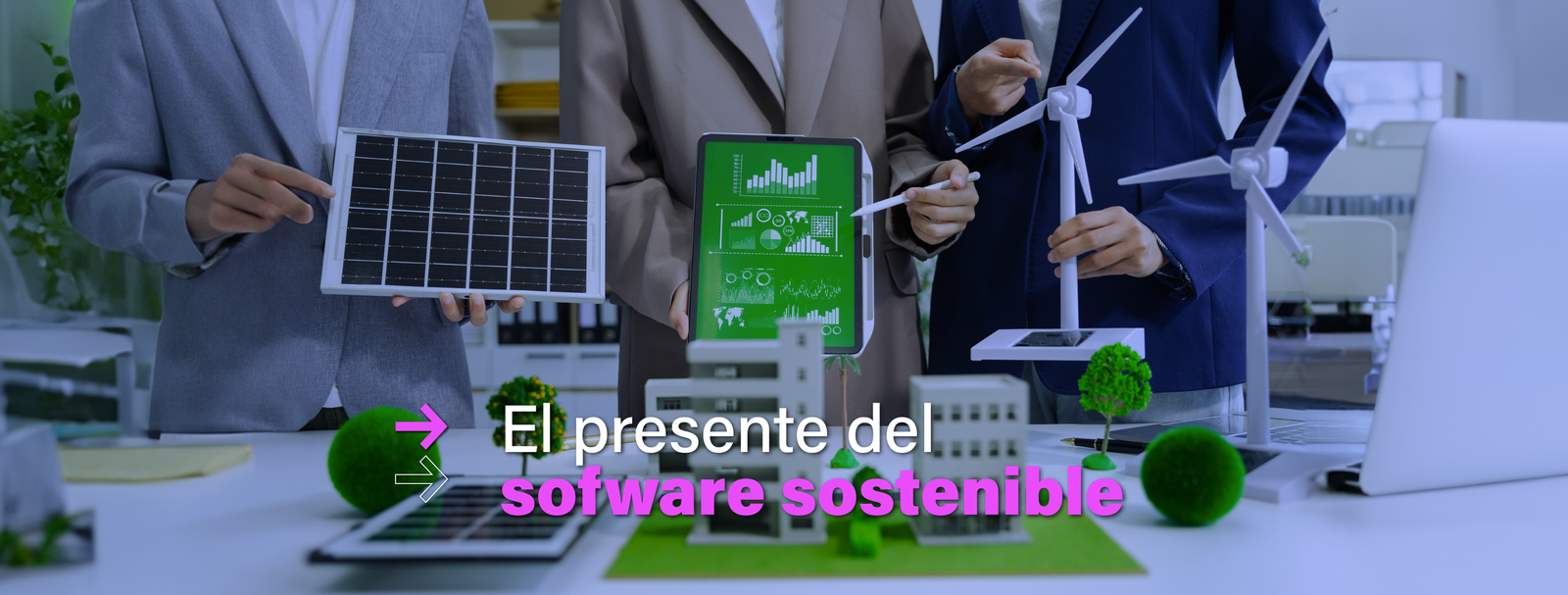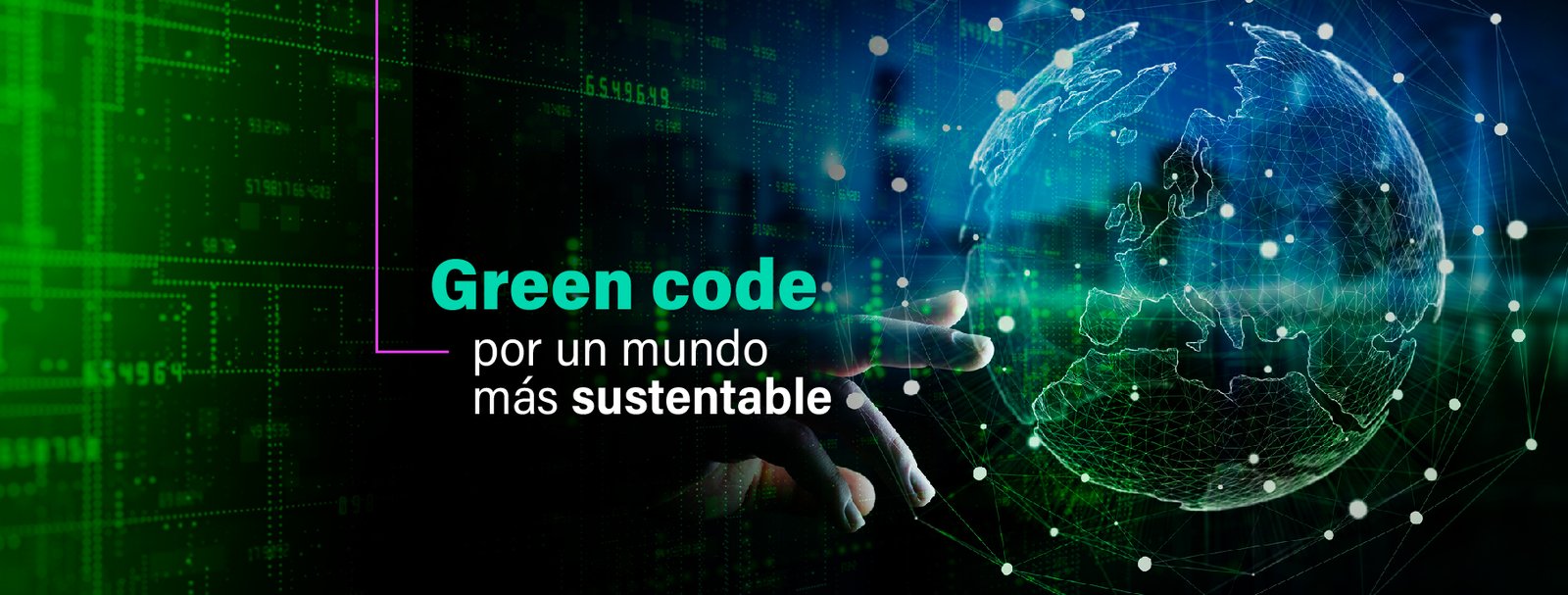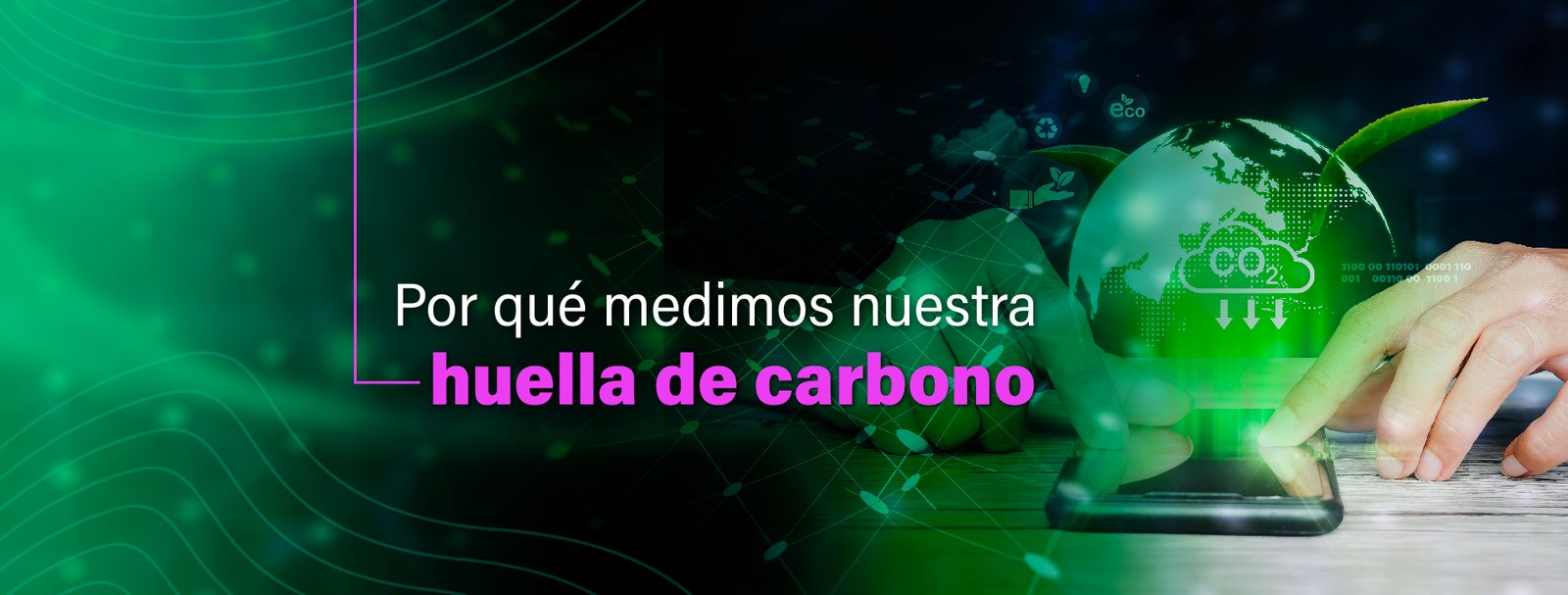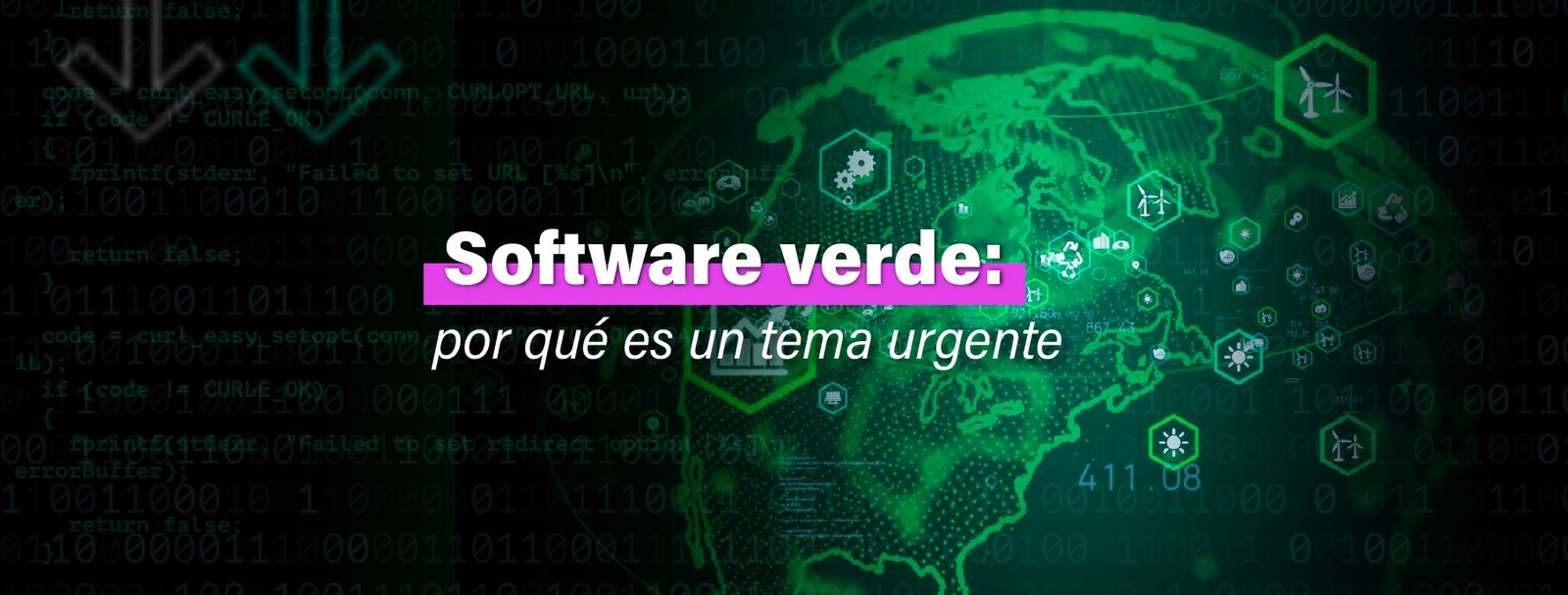The twin transition proposes a future where technological innovation and sustainability advance together. In this article, we explore its impact, the challenges it poses, and the key technologies for achieving more equitable, efficient, and resilient development.
In this article, we analyze two key approaches to achieving efficient, conscious, and sustainable technology management. We also discover how they help reduce costs and emissions and align digital transformation with B Corps values.
We explore how the twin transition integrates digitalization and sustainability to transform key sectors and accelerate decarbonization. We also analyze the opportunities and challenges it poses, and identify 10 principles for technological sustainability.
We tell you what the concept of sustainable software means and what its main characteristics, best practices, advantages and challenges are.
We also discuss the relationship between this technology and reducing our ecological footprint and investigate emerging technologies that are key to advancing towards sustainability.
We analyze how to apply the fundamental principles of sustainable development in different programming languages. We also discuss the importance of sustainable development in the software industry and how to promote innovation.
We tell you which programming languages are the most sustainable and how they contribute to improving energy efficiency and reducing the carbon footprint.
In this article we analyze what the carbon footprint is, how it is generated, how it is measured and what measures can be taken to reduce the negative impact of the IT industry on the environment.
What sustainable software development consists of, what are its implications for business and how does the lean methodology add value to organizations?
We tell you what the B movement is, what you have to do to be a B company and what differential values this new economy brings to the market.
We analyze the aspects that characterize triple impact companies and the achievements made by the group of purpose-driven companies.

